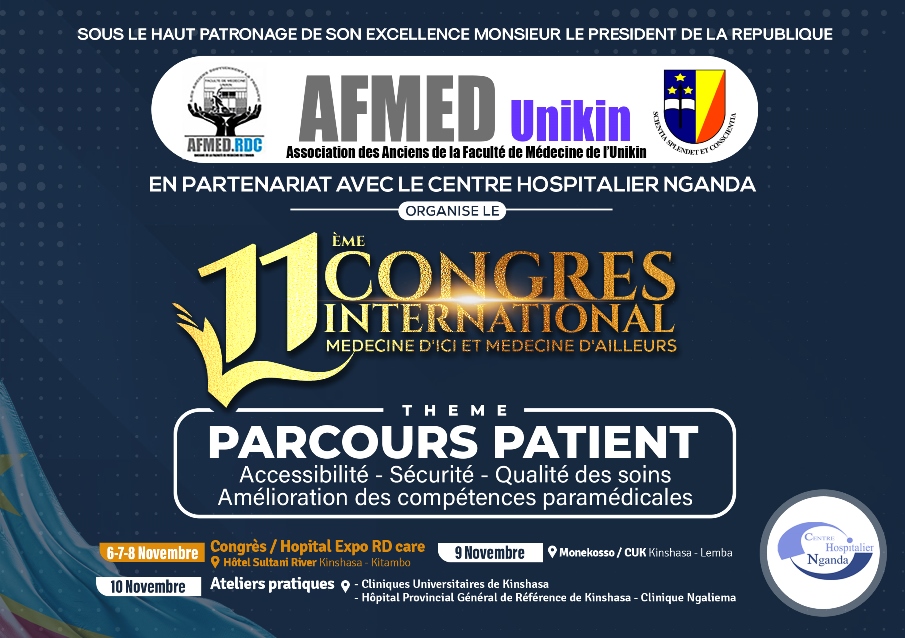NsengifY.f Ntamabyaliro 1* ,fChristianfBurri 2,3 ,fDidierfB.fNzolo 1 ,fAlinefB.fEngo ,f SamuelfM.fMampunza 1,4 ,fCélestinfN.fNsibu 1,5 ,fGauthierfK.fMesia 1 1 ,fYvesfN.fLula ,fJean‑MariefN.fKayembe 1,9,f LeonfM.fKintaudi 8 fandfGastonfL.fTona 1 1,6 ,fJorisfL.fLikwela 7
Abstract
Background:
Malaria the first causes of death from parasitic infection worldwide. Interventions to reduce the burden of malaria have produced a tremendous drop in malaria morbidity and mortality. However, progress is slower in DRC,
which shares with Nigeria 39% of deaths related to malaria globally. Inappropriate use of drugs may be one of the factors of this below ‑average performance. The aim of this study was to describe the use of drugs in the management of uncomplicated malaria in public health facilities in DRC.
Methods:
A drug use study was carried out in DRC from January to March 2014. In each of the former 11 provinces of DRC, one Rural Health Centre, one Urban Health Centre and one General Hospital were selected. In each of them,
100 patient’s files containing prescription of anti‑malarials from January to December 2013 were randomly selected.
Among them, all of the files with diagnosis of uncomplicated malaria were included in this study. Prescribed anti‑malarials, co
‑prescribed drugs and their indications were collected. Descriptive analyses were performed.
Results:
A total of 2300 files out of 3300 (69.7%) concerned uncomplicated malaria and were included in analysis. Malaria treatment was initiated after a positive RDT or microscopy in 51.5% of cases, upon suspicion without requesting biological confirmation in 37% and despite negative results in 11%. Twenty‑nine (29) different treatment regimens were used. The drugs recommended by the National Malaria Control Programme were used in 54.3% of cases (artesunate–amodiaquine 37.4% or artemether–lumefantrine 16.9%). The second most used anti‑malarial was quinine (32.4%). Apart from anti‑malarials, an average of 3.1 drugs per patient were prescribed, among which antibiotics (67.9%), analgesics and non‑steroidal anti‑inflammatory (NSAIDs) (all abbreviations to be explicated on first use) (70.6%), vitamins (29.1%), anaemia drugs, including blood transfusion (9.1%) and corticosteroids (5.7%), In 51.4% of cases there was no indication for the concomitant medication.
Conclusion:
Management of uncomplicated malaria in DRC is characterized by a low adherence to treatment policy, numerous treatment regimens, and abundant concomitant medication potentially harmful to the patient. This may contribute to the low performance of DRC in malaria control. Determinant of this irrational use of drugs need to be assessed in order to formulate and implement efficient corrective measures.
Keywords:
Uncomplicated malaria, Drug use, ACT, Quinine, Anti‑malarials, Democratic Republic of Congo









